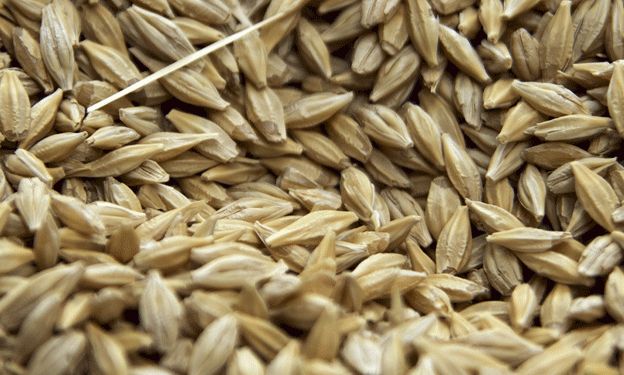Russia’s Wheat Exports in March Drop by 65% Year-on-Year: Prices, Demand, and Market Access All in Play
Russia, the world’s largest wheat exporter, experienced a significant drop in wheat exports in March 2025, delivering just 1.78 million tons abroad compared to 5.13 million tons in March 2024, according to monitoring by the Russian Grain Union, cited by Interfax. This represents a 2.9-fold decrease, raising questions about the current state and future direction of Russia’s wheat trade.
Despite a sluggish first two-thirds of the month—when shipments were forecast at only 1.6 million tons—export activity picked up in the final 10 days, allowing March volumes to slightly exceed earlier expectations. Nevertheless, the slowdown was stark and reflected a broader contraction in demand and shifting market conditions.
Who’s Buying Less?
One of the most telling indicators of this trend is the shrinking list of destination countries. In March 2024, 41 countries imported Russian wheat. In March 2025, that number dropped to just 21. Key declines include:
- Egypt, the largest buyer, imported only 301,500 tons, down 4.7 times from 1.42 million tons a year earlier.
- Bangladesh reduced purchases by 2.4 times, from 357,000 to 151,000 tons.
- Sudan, however, slightly increased imports to 135,000 tons from 121,000 tons.
This reduction in demand may be partly due to currency shortages, changing procurement strategies, or growing competition from other suppliers like France, the U.S., and Australia.
Rising Prices and Profit Pressures
According to Elena Tyurina, head of analytics at the Russian Grain Union, another key factor is rising prices. The FOB Novorossiysk price for Russian wheat climbed from $250 to $253 per ton in March. In contrast:
- French wheat remained relatively stable at $237/ton,
- U.S. wheat prices fell from $238 to $227/ton.
As of April 1, Russian wheat was priced $16 higher than French wheat, compared to a $13 difference a month earlier. This price premium, without a discount advantage, has likely contributed to lower demand and reduced profitability for exporters.
Seasonal Outlook: Still Room for Recovery?
Despite the March dip, cumulative wheat exports from Russia since the beginning of the 2024/25 season (which started in July) reached 36 million tons. The export potential through April–June is estimated at 42 million tons, suggesting the country could still meet or slightly exceed last season’s full-year export total of approximately 45 million tons.
The Rusagrotrans Analytical Center had previously raised its March export forecast from 1.5–1.6 million tons to 1.85 million tons, citing increased sales in the second half of the month due to higher prices.
March’s wheat export drop is a wake-up call for Russian grain traders and policymakers. While cumulative seasonal exports remain strong, the loss of price competitiveness, shrinking buyer base, and global market volatility could threaten Russia’s top exporter status in the long run. Maintaining market access, managing pricing strategies, and expanding trade relationships will be key to sustaining export momentum through the rest of 2025.
Error





